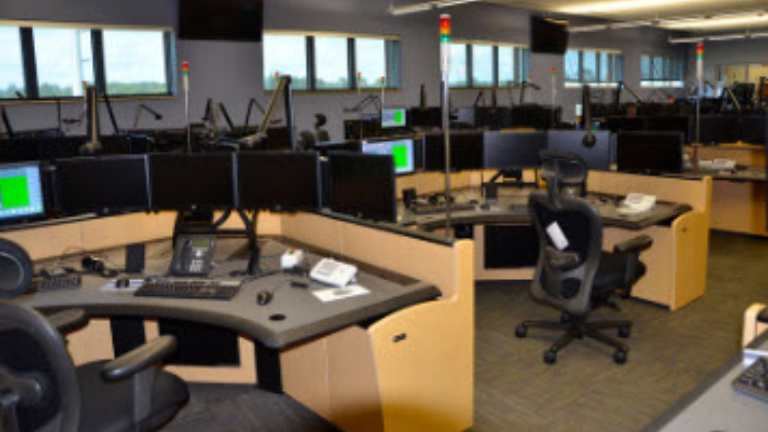Blog
Published: April 09, 2020
Your Checklist to Optimize Remote Building Management
Remote building management is now essential. Utilize all features of your system to monitor, adjust schedules, and integrate additional systems.


The narrative around connected building technology has shifted, at least for the time being. Efforts around comfort, sustainability and reducing energy costs through improved building management now include strategies for doing it all remotely, when uncommon circumstances might make it difficult to work on site. Most building management software today provides the ability to interact with building systems from anywhere via app or web-based user interfaces. As developers, we thought this was mainly a convenience feature for the majority of users. Now remote building management is a necessity in many places.
Most typical users only access a fraction of the full capabilities, and you may hold more power in your hands than you realize. Take some time to become more familiar with all the features of your remote user interface—and put them to work. If you need help, call your local Trane office.
- Monitor and check alarms regularly. Set up additional alarms to keep tabs on things you would normally check during building rounds.
- If occupancy patterns have changed, revise system scheduling to match. While many commercial buildings including offices, retail, restaurants and entertainment venues may have less occupancy, mixed use and multi-family residential buildings may have more people present at all hours of the day. Both scenarios can dictate system operational changes to either save money or manage comfort better.
- Remember that if you have multiple buildings within an enterprise management system, you can generally implement schedule changes uniformly across all (or selected) buildings quickly and easily. You can also restore previous settings just as easily when things return to normal.
- Extend the BAS reach. Consider integrating additional building systems or equipment into the existing BAS—and make it visible and manageable through the remote user interface. This may be easier than you think, thanks to wireless technology and open-architecture system design.
- Take note of remote building management gaps or weaknesses. Is there something you wish you could see or do remotely? Write them down and make a plan to make upgrades and changes that will help you in the future.
- Add third-party monitoring for critical systems. Our remote monitoring facility is staffed 24/7.
With new problems come new solutions. We’re using this situation to imagine new ways to advance technology to make buildings more responsive and resilient to customer needs and world events.
